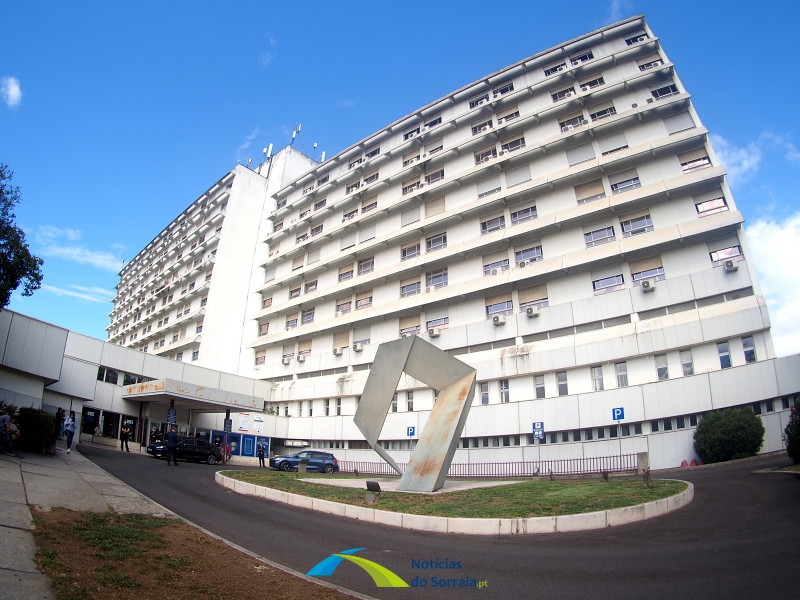The entire Santarem region will be covered by local health units (ULS) in January 2024, with the ULS Médio Tejo, Lezíria, Leiria and Esttuário do Tejo coming into operation, bringing together hospitals and health centres.
The decree-law creating 32 new ULS was published on Tuesday, with four units covering 21 municipalities in the Santarém region, within the scope of the new health services management model which integrates clusters of health centers (ACES) into hospitals and hospital centres.
The Middle Tagus ULS project will integrate the municipalities of Abrantes, Alcanina, Constancia, Entroncamento, Ferreira do Zésaire, Macau, Sardol, Torres Novas, Tomar and Vila Nova da Barquinha, all in the Santarém region and currently integrated into the cluster of health centres. (ACES) Médio Tejo and Centro Hospitalar Médio Tejo (CHMT), as well as Vila de Rei, currently integrated into the District Health Unit of Castelo Branco.
The creation of the ULS in Médio Tejo, which combines primary health care and hospitals, will provide “greater and faster response capacity” for the population, the hospital administration told Lusa, when the process of creating the ULS was underway.
“What residents will feel immediately is greater response capacity from the NHS, from the health centres [ACES Médio Tejo] Casemiro Ramos, Chairman of the Board of Directors of CHMT, told Lusa at the time, extolling the virtues of the new organizational model, in which the goal is to “achieve quality competitive advantage.” .
According to the director of the CHMT Hospital, “quick access to various clinical procedures will be the most obvious advantage,” in addition to “greater ease and speed” in obtaining appointments, performing examinations, or even reducing waiting lists for surgeries.
He said the new ULS Médio Tejo would be the result of the merger of ACES Médio Tejo and CHMT, leaving the management of primary health care and hospital health care in the region in charge of a single organisation, with common administrative bodies. National Health Service (SNS).
The now published Decree-Law also establishes the ULS in Lezíria, which merges ACES Lezíria and the Santarem Provincial Hospital, serving the population of the municipalities of Almerem, Albiarca, Cartaxo, Chamusca, Coroš, Golija, Río Mayor, Salvatierra de Magos and Santarem. .
Benavente, still in the Santarém region, was incorporated into the ULS of the Tagus Estuary, while the municipality of Ourem, currently in the Central Tagus, became part of the ULS of Leiria.
However, according to published testimony, the new integrated care model allows “health gains to be achieved, through proximity to decisions, through increased autonomy, strengthening primary health care as the foundation of the system and enhancing the means and resources necessary for its mission.” “.
The Diploma, which comes into effect on January 1, 2024, states that “integrating existing ACES, hospitals and hospital centers into the ULS model constitutes a qualification for SNS response, streamlining processes, and increasing coordination between healthcare teams and health professionals, emphasizing expertise and pathways between different levels of care.” , increasing management independence, improving the participation of citizens, communities, professionals and local authorities in defining, monitoring and evaluating health policies, and maximizing access to and efficiency of social networking services.
The document also states that ULS will benefit from new management tools, such as risk stratification, information systems that promote integration of care, a single electronic health record, performance incentives, both financial and non-financial, and innovative models of care delivery, based on teams making response-focused commitments. For people, with a focus on family health units and community care units, within the scope of primary care, or in the hospital area, centers of integrated responsibility.

“Writer. Analyst. Avid travel maven. Devoted twitter guru. Unapologetic pop culture expert. General zombie enthusiast.”


